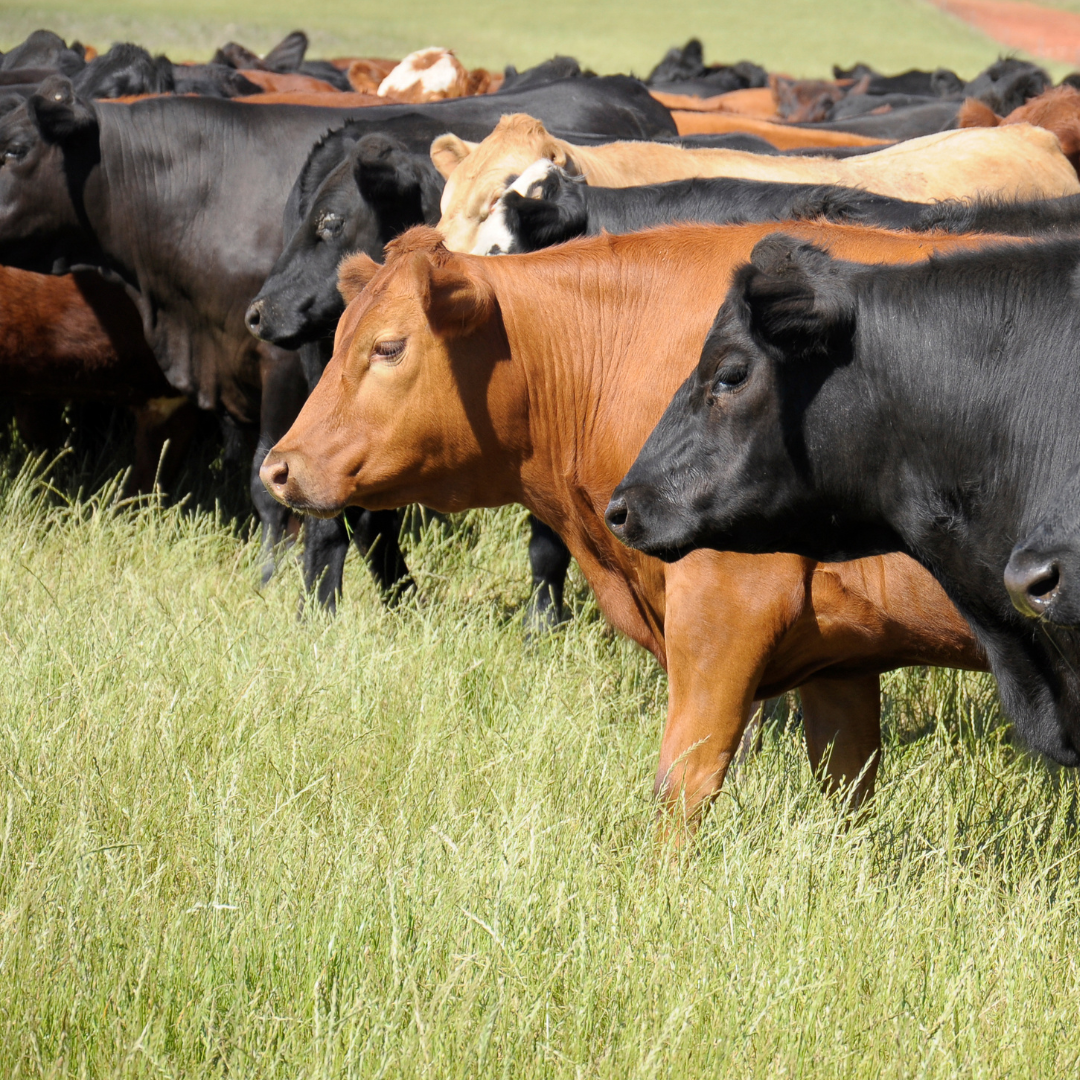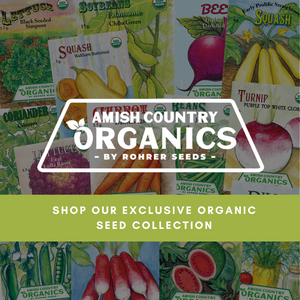
Which Pasture Grass is Best for Your Farm?
Fall is typically the best time of year to reseed your pastures, but sometimes it is difficult to decide what type of pasture grass is right for you. Some important factors to consider include whether you plan to graze or hay your pastures, what type of soil you have and the climate conditions in your area. Another important factor is whether a mix or an individual type of grass would work best for your situation.
Below we discuss the main types of Eastern cool-season grasses and some of their characteristics to help you decide which is best for your farm!
-
Orchardgrass - As one of the most popular pasture grasses, Orchardgrass can be found in most standard pasture mixes. This bunchgrass is known for its ability to regrow and good grazing tolerance. Although not as drought tolerant as tall fescue, orchardgrass has good forage quality and yield potential.
- Timothy – Popular for making hay, timothy has great palatability once in the vegetative state, but does not handle drought, high temperatures, or grazing well. Often found in multipurpose mixes or planted individually for hay production.
- Tall Fescue - Well-known for its ability to maintain its quality throughout the winter season, and its drought and heat tolerance, tall fescue works well for high-traffic areas. If your pastures have a high stocking density, or are prone to drought, this is a great option. When planting tall fescue in your pastures, be sure to select an endophyte free variety.
- Perennial Rye - With higher sugar content than other cool-season grasses, perennial rye is commonly found in grazing mixes and works well for grass finishing livestock. Although this grass is tolerant of heavy grazing, it does not hold up well in extreme climate conditions.
- Festulolium- As a hybrid between fescue and ryegrass, festuloliums have the heat and drought tolerance of fescue as well as the palatability of ryegrass. This fast-establishing grass has a lot of benefits, but unfortunately only lasts about 3 years in a typical pasture setting.
- Kentucky Bluegrass- Often found in horse pasture mixes, Kentucky Bluegrass can stand up to high traffic and heavily grazed areas because it spreads through rhizomes. The downside of bluegrass is that it is not very productive and will not grow without constant moisture.
Some of our pasture mixes include:
- General Purpose Mix- Orchardgrass, Festulolium, and Perennial Ryegrass
- Triple Purpose Hay and Pasture Mix- Orchardgrass, Perennial Ryegrass, Timothy, Alfalfa, and Clover
- Hay Diversion Mix- Tall Fescue and Perennial Ryegrass
- Mid- Atlantic Grazer- Orchardgrass, Festulolium, Red & White Clover
- Show Horse Pasture Mix- Orchardgrass, Festulolium, Ryegrass, Timothy, and Kentucky Bluegrass
It is also important to consider what type of livestock will be grazing in your pastures. As you may know, different livestock have different nutritional needs and grazing styles. Therefore, it is important to do some research and find out what the best type of grass for your animals is.
- Sheep & Goats- While goats are known for eating “almost anything” these small ruminants require higher quality forage than most other livestock. Most common cool-season grasses such as fescue and perennial rye work well in sheep and goat pastures, but they also benefit from added forbs and legumes.
- Cattle- When grazing cattle on grass alone, most common cool-season grasses such as orchardgrass, fescue, Festulolium, and perennial ryegrass are sufficient. The complexity of raising cattle on pasture varies depending on your production goals and climate, but adding diversity and implementing a rotational grazing program can help you be successful.
- Swine & Poultry – With pasture raised pork and poultry growing in popularity with consumers, it is something to consider for your farm. While this article focuses specifically on grasses, these species benefit not only from common cool-season pasture grasses, but also from a variety of other plants such as legumes, brassicas, cereal grains, and fruit and vegetable crops.
- Horses- While it is extremely common to see horses out grazing in the pasture, horse pastures are often mismanaged. Taking the time to care for your pastures through fertilization and weed management, along with not over-grazing are key factors when it comes to creating a healthy horse pasture. Although not the most productive, you will often find Kentucky bluegrass in horse pasture mixes due to its ability to withstand heavy traffic and over-grazing.
While there are a lot of factors that go into selecting the right pasture mix, keep in mind that the health of your soil ultimately will determine the success of your pastures. When establishing a new pasture or over seeding, it can be helpful to have your soil tested to understand where the pH and nutrient levels are at. Management strategies can greatly affect the success of a pasture and are an important factor to keep in mind.
If you are interested in learning more about different types of pasture grasses, please reach out to us on social media, or send us an email at info@rohrerseeds.com!




Leave a comment